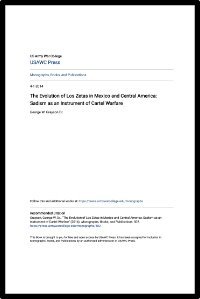By Meenakshi Fernandes and Lenka Jančová
Corruption, which can be defined as the 'abuse of entrusted power for private gain', poses a significant threat in the European Union. Corrupt practices can lead to a misuse of public funds and can contribute towards an erosion of democracy and the rule of law. The European Union can do more to tackle corruption and curb its negative impacts on society. This report draws on a quantitative analysis of corruption in the EU with a focus on three aspects: i) democracy and the rule of law; ii) public trust in institutions; and iii) public procurement. Further EU action to tackle corruption could strengthen trust in public institutions and enhance regulatory certainty. In quantitative terms, the social and economic gains could reach up to €58.5 billion per year.
Brussels: EPRS | European Parliamentary Research Service, 2023. 78p.


















